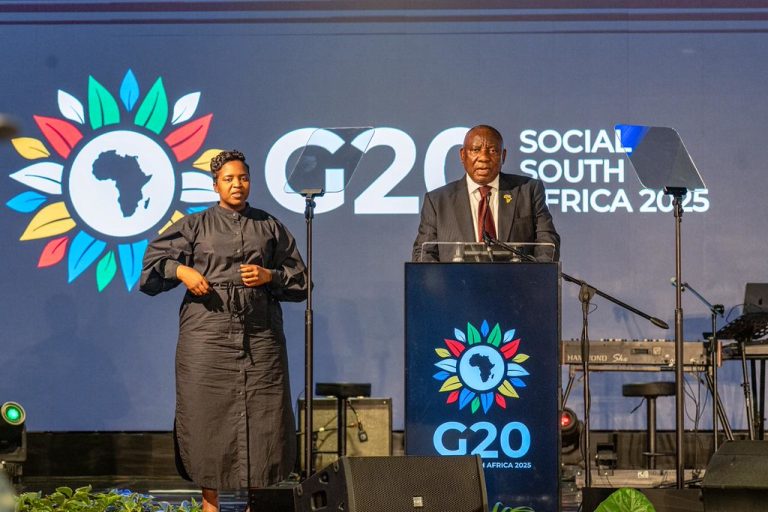- Erratic weather and diseases cloud cocoa outlook
- West Africa’s 2025–26 season faces uncertain start
LAGOS, NIGERIA – As the 2025 – 2026 cocoa season begins, uncertainty looms over West Africa’s crop amid erratic weather patterns and persistent diseases that continue to threaten the world’s leading producing region.
West Africa, which supplies more than 70% of global cocoa, was expected to recover from years of shortfalls. But prolonged dry spells followed by heavy rains have dashed hopes of a swift rebound. The deadly swollen shoot disease – which has ravaged Ghana’s plantations for two consecutive seasons – has persisted and spread to other parts of the region.
“In August our main concern was dryness but that has passed,” said Philippe Ka, a cocoa farmer in the southeastern Ivorian town of Assini. “Our worry now is that excessive wetness could cause fungal infections.”
Production fears deepen across the region
Inadequate rainfall during July and August stunted pod formation, particularly in Côte d’Ivoire and Ghana, before torrential rains in September increased the risk of fungal diseases such as black pod. Analysts warn that the combination could keep global cocoa supplies tight and prices volatile in the months ahead.
Ivory Coast, the world’s top cocoa producer, shipped about 1.8 million tonnes during the 2024–2025 season but may struggle to match that in the new one. Output for 2025–2026 is expected to stay within the same range, falling short of the level required to restore a global surplus.
Neighbouring Ghana – the world’s second-largest producer – has endured a steep decline, with output plunging below 600,000 tonnes in each of the past two seasons. A mixture of ageing trees, swollen shoot disease, and contamination from illegal gold mining has weighed heavily on productivity. Now, heavy rains risk further damage through fungal infections that thrive in moisture.
In Nigeria, the International Cocoa Organization (ICCO) estimates the 2024–2025 crop at 350,000 tonnes, though the Cocoa Association of Nigeria projects a fall to around 310,000 tonnes in 2025–2026 due to erratic weather and strong winds that disrupted pod development.
“The cocoa market remains subject to a complex interplay of supply issues (including challenges such as weather and diseases), trade policies and market responses,” the ICCO said in its August report. “These are some factors that would shape the cocoa market situation in the upcoming season.”
International cocoa prices, which hit record highs last year following global shortages, have eased slightly but remain highly sensitive to West Africa’s crop outlook. As of September, cocoa traded at an average of $7,602 per tonne in London and New York – a sign that traders remain cautious about supply stability.










